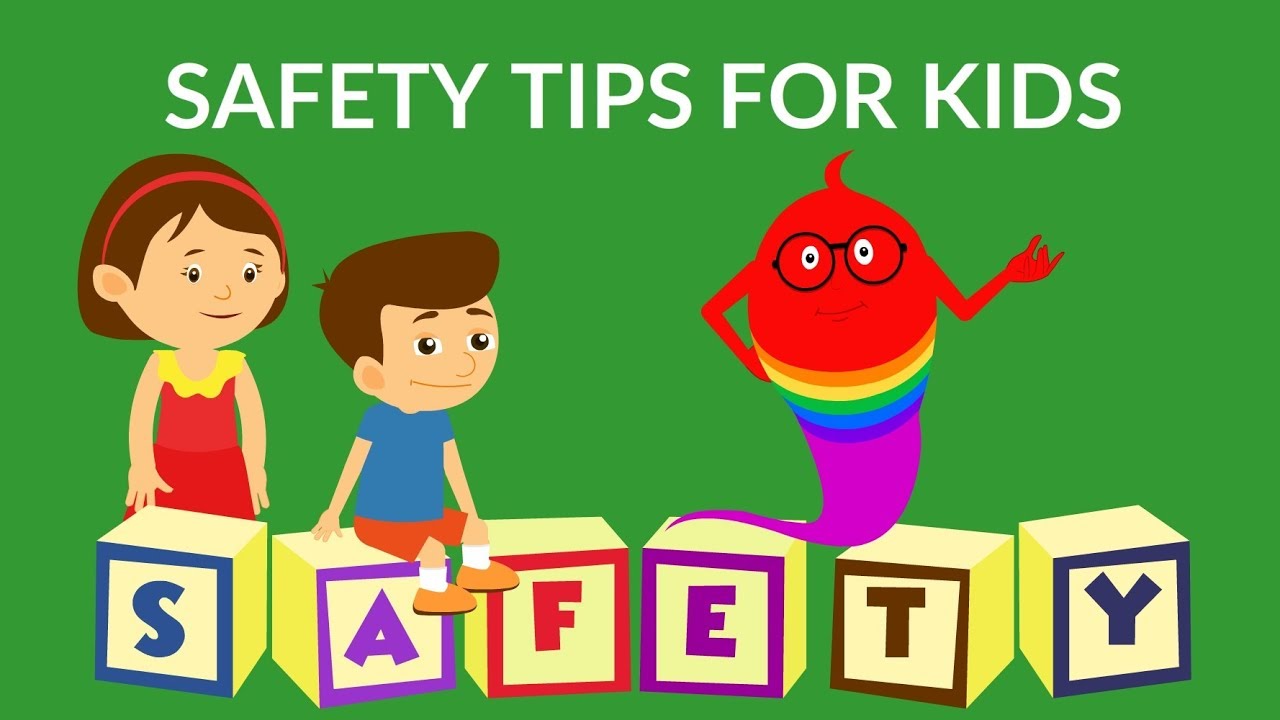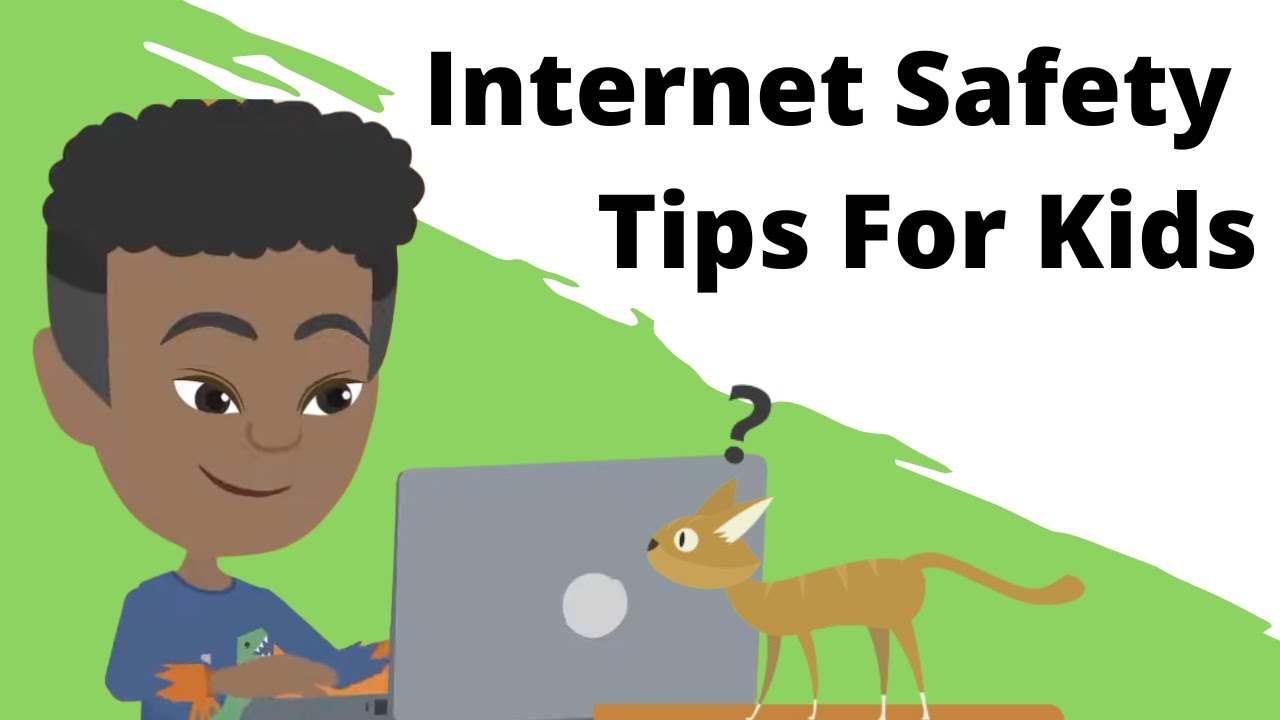
Why Schools Should Include Safety Videos for Kids in Their Curriculum 2025
In 2023, over 2.5 million children in the USA were injured in preventable accidents, with 30% occurring in or around schools (CPSC). From playground falls to fire emergencies, these incidents highlight the critical need for effective safety education. Safety videos for kids are powerful tools that utilize engaging animations, live-action footage, and interactive formats to educate children about fire safety, stranger danger, and injury prevention, thereby reducing risks by up to 25% (Safetyhub). In 2025, schools are increasingly incorporating safety videos for children into their curricula to promote a culture of safety and compliance with standards such as OSHA and CPSC.
This blog explores why schools should include safety videos for kids in their curriculum, detailing their benefits, key topics, creation process, and implementation strategies. Featuring Chasing Illusions Studio (chasingillusions.com), a Clutch-rated (4.9/5) leader, we’ll highlight how these videos engage young learners and ensure safety across the USA and globally, including UAE’s Vision 2030 initiatives. Whether you’re a New York principal or a Dubai educator, safety videos for kids are essential for protecting students in 2025.
The Importance of Safety Videos for Kids in Schools
Safety videos for kids offer transformative benefits for school environments:
-
Injury Prevention: Reduce accidents by 20–25% through visual learning (RenderPool).
-
Engagement: Animated and live-action videos increase retention by 65% vs. textbooks (Forbes).
-
Regulatory Compliance: Align with CPSC and OSHA 1910.38 for emergency preparedness (OSHA).
-
Scalability: Train thousands of students efficiently, saving 10–15 hours per session (Lumion).
-
Cultural Relevance: Multilingual videos (e.g., English, Arabic) cater to diverse student populations (Studio52).
Educator Testimonial: “Chasing Illusions Studio’s animated safety video for our Chicago elementary school engaged 500 students on fire safety, reducing drill times by 20%.” – Laura Martinez, Principal
Why Schools Need Safety Videos for Kids
1. High Accident Rates
-
Statistics: Schools report 700,000 injuries annually, including 200,000 playground accidents and 50,000 fire-related incidents (CPSC, NFPA).
-
Solution: Safety videos for kids teach prevention techniques (e.g., playground safety, fire evacuation), reducing risks by 25% (Safetyhub).
2. Engaging Young Learners
-
Challenge: Traditional methods (e.g., lectures) fail to engage children, with only 20% retention (Forbes).
-
Solution: Colorful 2D/3D animations (Vyond, Blender) and relatable characters in safety videos for kids boost engagement (Austin Visuals).
3. Diverse Safety Topics
-
Topics Covered:
-
Fire safety (evacuation, stop-drop-roll).
-
Playground safety (slide rules, fall prevention).
-
Stranger danger (safe interactions).
-
First aid basics (cuts, burns).
-
Traffic safety (crossing roads).
-
-
Example: Chasing Illusions Studio’s video for a Miami school covered fire drills, training 800 students in 2 weeks (chasingillusions.com).
4. Regulatory Requirements
-
Standards: Schools must comply with OSHA 1910.38 (emergency action plans) and CPSC guidelines for child safety.
-
Solution: Safety videos for kids ensure compliance, avoiding fines up to $156,259 (OSHA, 2025).
Key Features of Effective Safety Videos for Kids
1. Engaging 2D/3D Animations
-
Overview: 2D animations (Toonly, 60 FPS) and 3D visuals (Unreal Engine 5, 4K) use vibrant characters to teach safety concepts.
-
Example: Chasing Illusions Studio’s 3D video for a New York school used Lumen for realistic fire simulations, engaging 600 students (chasingillusions.com).
-
Technical Details: 3-minute videos, 10k polygons, 2–3 weeks production, $800–$3,000 per minute.
-
UAE Application: A Sharjah school video with Arabic-inspired characters (mashrabiya visuals) trained 1,000 students, aligning with Vision 2030.
2. Live-Action Demonstrations
-
Overview: Live-action videos (Sony Alpha, 4K) show real-world safety practices, like using fire extinguishers or crossing roads safely.
-
Example: Blue House Productions’ video for a California school demonstrated first aid, training 500 students (bluehouseproductions.com).
-
Technical Details: 3-minute videos, 3–4 weeks production, $1,000–$3,500 per minute.
3. Interactive and VR Elements
-
Overview: VR (Unity, 90 FPS) and interactive quizzes immerse kids in safety scenarios, improving retention by 25% (Austin Visuals).
-
Example: Chasing Illusions Studio’s VR video for a Boston school simulated a fire drill, engaging 700 students.
-
Technical Details: 4-minute VR modules, 4–5 weeks production, $2,000–$5,000 per minute.
4. Multilingual Accessibility
-
Overview: Videos in English, Arabic, Spanish, and more ensure inclusivity for diverse student populations.
-
Example: Village Talkies’ Arabic-narrated video for a Dubai school trained 800 students on playground safety (villagetalkies.com).
-
Technical Details: Voiceovers in 5+ languages, 2-week post-production.
5. Age-Appropriate Content
-
Overview: Safety videos for kids use simple language and fun visuals tailored to age groups (K–5, 6–8, 9–12).
-
Example: Wyzowl’s video for a Florida elementary school used cartoon characters for K–5 students, improving engagement by 30% (wyzowl.com).
-
Technical Details: 2-minute videos, 2 weeks production, $800–$2,500 per minute.
How to Create Safety Videos for Kids
Creating effective safety videos for kids involves:
-
Needs Assessment:
-
Identify school-specific risks (e.g., playground falls, fire hazards).
-
Align with CPSC and OSHA 1910.38 standards.
-
-
Script Development:
-
Use simple, age-appropriate language (e.g., “Stop, drop, and roll” for fire safety).
-
Include relatable scenarios (e.g., classroom fire, stranger approaching).
-
Example: Chasing Illusions Studio incorporates Arabic terms for UAE schools.
-
-
Production:
-
Use Blender for 3D animations (Chasing Illusions Studio).
-
Employ Sony Alpha for live-action (Blue House Productions).
-
Integrate AI visuals (Adobe Firefly) for realism (Content Beta).
-
-
Post-Production:
-
Edit with Premiere Pro for clarity and engagement.
-
Add multilingual voiceovers and subtitles (Village Talkies).
-
-
Distribution:
-
Host on LMS platforms (Canvas, Bites) for classroom access.
-
Share via YouTube or Vimeo with QR codes for assemblies.
-
Case Study: Chasing Illusions Studio produced a 3-minute 2D video for a Chicago elementary school, using Toonly to teach fire evacuation. The video trained 600 students, reducing drill times by 20% and ensuring OSHA compliance (chasingillusions.com).
Implementation Strategies for Safety Videos for Kids
To integrate safety videos for kids into school curricula:
-
Incorporate into Lesson Plans:
-
Embed videos in health and safety classes (K–12).
-
Example: Use fire safety videos during fire prevention week (NFPA).
-
-
Tailor to Age Groups:
-
K–5: Focus on simple concepts (e.g., stop-drop-roll, playground rules).
-
6–12: Include advanced topics (e.g., first aid, stranger danger).
-
-
Engage Diverse Students:
-
Offer videos in English, Arabic, Spanish (Village Talkies).
-
Include cultural elements (e.g., mashrabiya visuals for UAE) (Chasing Illusions Studio).
-
-
Combine with Drills:
-
Use videos to prepare for fire or lockdown drills, improving response times by 25% (Safetyhub).
-
-
Measure Effectiveness:
-
Track accident reduction (20–25% target, RenderPool).
-
Use quizzes to assess retention (65% improvement, Forbes).
-
UAE Example: Chasing Illusions Studio’s Dubai school video with Arabic narration trained 1,200 students on fire safety, aligning with Vision 2030 education goals, reducing evacuation times by 15%.
Challenges and Solutions in Using Safety Videos for Kids
-
Challenge: Limited engagement for young audiences.
-
Solution: Use colorful animations and characters (Wyzowl, Chasing Illusions Studio).
-
-
Challenge: Budget constraints in schools.
-
Solution: Opt for cost-effective videos from F.Learning Studio ($500–$2,000/minute).
-
-
Challenge: Diverse student populations.
-
Solution: Multilingual videos in English, Arabic, Spanish (Village Talkies).
-
-
Challenge: Keeping content age-appropriate.
-
Solution: Tailor scripts to K–5, 6–8, 9–12 groups (Content Beta).
-
Global Relevance and UAE Connection
Safety videos for kids are vital globally, with Chasing Illusions Studio and Village Talkies serving UAE schools under Vision 2030. Their Arabic-inspired videos (e.g., incorporating mashrabiya visuals or Arabic narration) align with Dubai Metaverse Strategy and Sharjah Cultural District initiatives, ensuring cultural relevance for fire safety and playground training. These videos meet SCDF standards, supporting UAE’s education safety goals.
Testimonial: “Chasing Illusions Studio’s animated safety video for our Sharjah school was SCDF-compliant and engaging, training 1,000 students in 2 weeks.” – Fatima Al Ali, UAE Principal
Best Practices for Safety Videos for Kids
-
Keep It Short: Aim for 2–4-minute videos to maintain attention (Safetyhub).
-
Use Fun Visuals: Incorporate cartoon characters and bright colors (Wyzowl).
-
Include Interactive Elements: Add quizzes or VR scenarios (Chasing Illusions Studio).
-
Update Annually: Refresh content to reflect new safety guidelines (CPSC).
-
Involve Teachers: Train educators to reinforce video lessons (NFPA).
Actionable Tip: Contact Chasing Illusions Studio at chasingillusions.com for a free consultation to create tailored safety videos for kids for your school.
Safety videos for kids are essential for school curricula in 2025, reducing injuries by 20–25%, ensuring CPSC and OSHA compliance, and engaging young learners with vibrant animations and interactive formats. Companies like Chasing Illusions Studio lead with 2D/3D animations, VR simulations, and multilingual content, delivering measurable impact in schools across the USA and UAE. For engaging, compliant safety videos, contact Chasing Illusions Studio at chasingillusions.com to protect students and foster a culture of safety today!
Q1: What are safety videos for kids?
A: Animated or live-action videos teaching children about fire safety, playground rules, and stranger danger, reducing risks by 20–25% (RenderPool).
Q2: Why should schools use safety videos for kids?
A: They reduce injuries, ensure CPSC compliance, and boost engagement by 65% (Forbes).
Q3: What tools are used for safety videos for kids?
A: Unreal Engine (Chasing Illusions Studio), Toonly (Wyzowl), Blender (Village Talkies), Sony Alpha (Blue House Productions).
Q4: How much do safety videos for kids cost?
A: $500–$5,000 per minute, depending on format (F.Learning Studio for budget, Chasing Illusions Studio for premium).
Q5: How long does production take?
A: 2–5 weeks for 2–4-minute videos, with Content Beta offering the fastest turnaround (2–3 weeks).
Q6: Can videos be culturally relevant?
A: Yes, Chasing Illusions Studio offers Arabic-inspired videos for UAE’s Vision 2030 and SCDF compliance.

